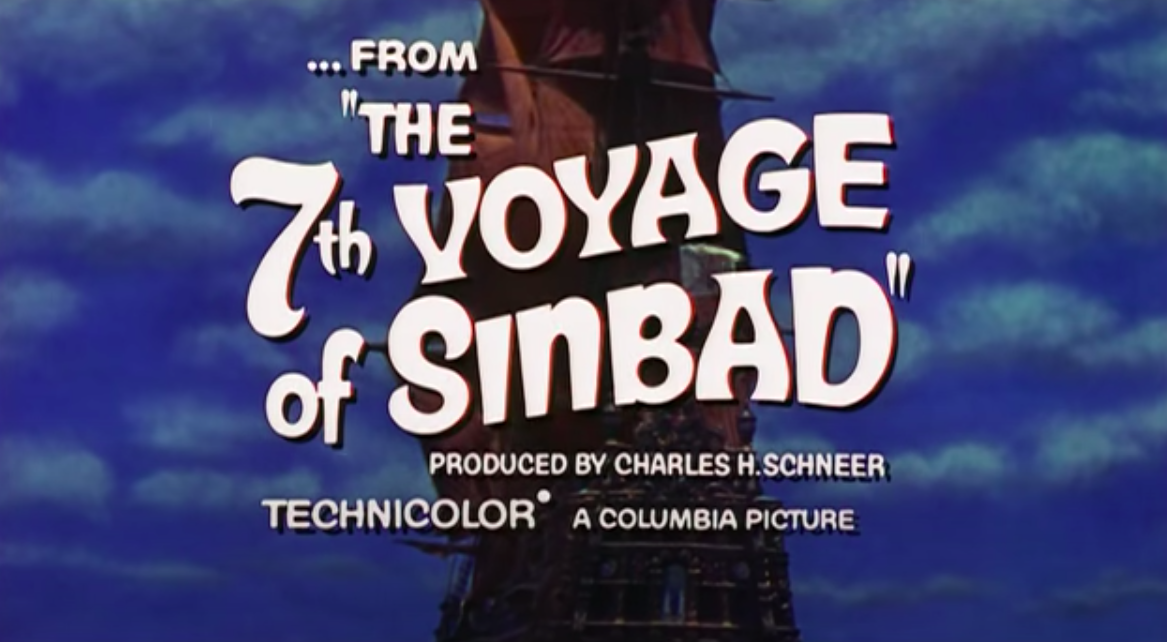A couple of years ago, I watched a documentary about Cannon Films called Electric Boogaloo: The Wild Untold Story of Cannon Films. I watched it as I recognised the logo from the trailer and it tickled something in my memory about a few films I had watched back in the 80s and early 90s. Watching it, I heard about the maverick and unusual lifestyles of Menahem Golan and Yoram Globus.
One of the films that was mentioned was 1985s Lifeforce, their biggest, most ambitious and expensively financed film. Unfortunately, it was not a success and contributed to the studios downfall however it has been reappraised and is considered by some as a bit of a failed folly but also a bit of a throwback gem. With this in mind, I thought I'd dive in a see what all/ lack of fuss (dependent upon your thoughts on the film) was about.
The films starts with an opening crawl about a joint American-British space mission to investigate Halley's Comet. We see the spacecraft approach the comet but an alien spaceship, which looks like a huge nerve cell, appears. The crew decide to investigate and find some giant dead bat-like creatures as well as two naked bodies, two make and one female. The astronauts decide to take the bodies back to Earth but all hell breaks loose as the female alien (played by the beautiful Mathilda May) escapes and seeks to revive her species by taking the life force of Earth's population. She starts off with London and as the apocalyptic events unfold a scientist and remaining astronaut from the initial voyage try to take her down.
I have to say, having watched the film I can see why it is considered a cult classic; it very nearly gets there but it just feels a little off in places to be considered truly great or a genre classic. The story of vampires in SPAAAACE is fun but is let down by wooden lead performances. It tries for John Carpenter but feels so much less so as the cast just can't pull it off- there is no actor of the calibre of Kurt Russell, Rowdy Roddie Piper or Keith David. Sure, we have May, who plays the ethereal alien woman and is naked all the time for sound plot purposes (I’m sure) or for the usual Cannon exploitative element, but there is no gravitas - even when an early Patrick Stewart steps in. What we have is a confusing film which mixes the usual sci-fi tropes with some lightly restrained titilation.
Mathilda May is a beguiling presence in this film.
However, I do have to say that the soundtrack by Henry Mancini is excellent and the VFX, which were supervised by John Dykstra, are amazing. The set design in the first 20 minutes is immaculate and still stands the test of time. The matte painting and miniatures skills of the artists is amazing and makes the alien ship interior look like a cohesive whole. The animatronic zombie husks are pretty effective but the scenes where there are riots and crowd scenes in London look pretty awful though. The background actors flail around and newspaper remnants are whipped up by the wind machine which looks cheap and tacky after the exciting introduction.
Overall, Lifeforce is still pretty watchable and quite entertaining. It hits the same spot as some of Hammer Studios’ lesser works in that you need to see it, at least once.
LINK: Japan: My Journey to the East
LINK: Blood, Sweat and Pixels- Book Review
LINK: The Offworld Collection- Book Review
LINK: Shadow of the Colossus- Book Review
LINK: Manga Exhibition at the British Museum
LINK: The Midnight Library and the Idea That You Can’t Go Home Again
LINK: The Transportive Nature of Objects (And the Power of Mini Consoles)

